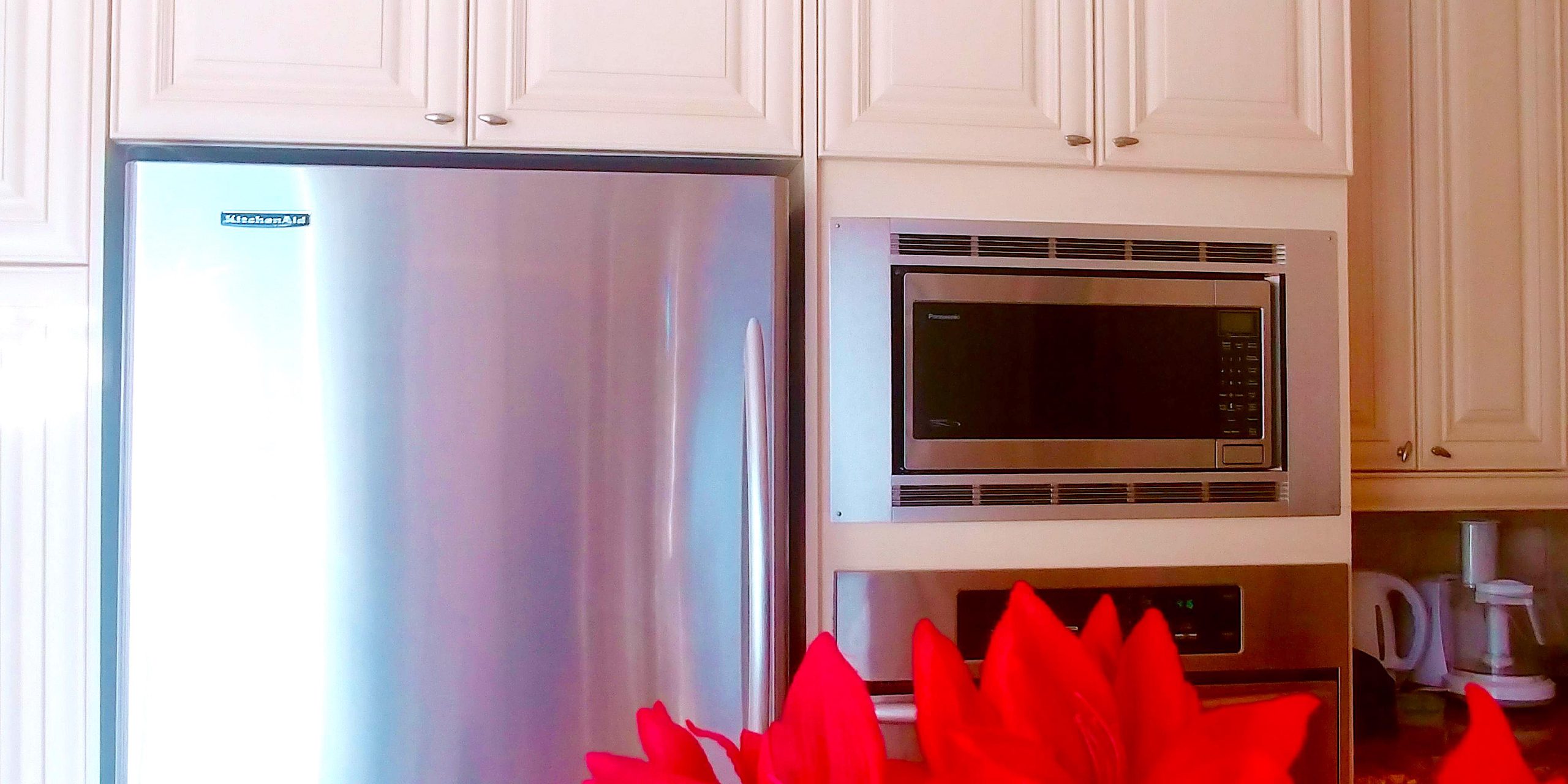Abdeali Saherwala | Staff Writer
Featured image: Just how safe is this everyday appliance? | Basma Elbahnasawy
It seems as our lives get busier and we become more pressed for time, our dependence on microwaves to heat and cook our food increases.
However, is this a safe way to prepare our food? When it comes to food and drink safety concerning microwaves, how do we know what’s real and what’s a myth?
Today, the typical home would seem under equipped without a microwave, and often, institutions such as workplaces and schools rely on the appliance to aid the attendants’ busy schedules. Whether it’s to combat cold coffee or reheat last night’s leftovers for lunch, the microwave is a constant in our lives.
In the Student Centre, hundreds of students line up to utilize the microwaves to warm their food or beverages. In the afternoon, these lines often stretch out, causing students to wait for long periods of time before they can finally heat their food.
Depending on the container in which food or beverages are stored, the time it takes to warm them varies. The general rule of thumb is not to microwave plastic, yet that rule is often ignored by the hungry and impatient.
“I use my microwave to heat food and water when I am in a hurry, but I tend to boil water on my stove while making tea,” says Priya Saha, a second-year Communication Studies student.
In order to heat food or beverages, a form of radiation called electromagnetic radiation is produced inside the oven by an electron tube called a magnetron.
Electromagnetic radiation consists of waves of electrical and magnetic energy moving together through space. These waves, once created by a magnetron, are reflected within the metal interior of the oven, where they are absorbed by food.
“In terms of understanding the risks associated with microwaves, I know that they are present, but microwaves have become such a common staple in kitchens that I tend to overlook the dangers the radiation may pose to my health,” admits Saha.
A microwave directly raises food’s temperature, but it does not cook food from the “inside out.” When thick or gravy-layered foods are cooked, only the outer layers are heated by electromagnetic radiation, while the inside layers are primarily cooked by the conduction of heat from the outer layers.
Some use the microwave “four to six times a day,” says Subha Salwa, a second-year Law and Society student, which he typically uses “to heat up food and milk.”
Depending on the chemical composition of nutrients, some nutrients break down when they are exposed to heat, whether it is from a microwave or conventional oven.
However, microwave cooking times are shorter, so cooking with a microwave does a better job of preserving nutrients that break down when heated.
The ever-increasing reliance on microwaves has raised questions on its safety, such as the microbial level in the microwaves or its radiation, through which food is heated.
“Yes, I believe it does, because there is a lot of bacteria inside a microwave, which is not healthy. The plastic containers that are used to store food are also not good for our health,” says Salwa.
In the Student Centre for example, microwaves are in constant use, and while they’re not considered the ideal cooking method, it’s important to be cautious of their cleanliness.
The typical worries about microwaves include possible cataracts as well as cancer, while others attest that they eliminate all the nutrients from the food they heat.
Despite the many theories about radiation, most injuries related to microwaves are the result of heat-related burns from hot containers, overheated foods, or exploding liquids. In rare instances, radiation injuries can occur due to unusual circumstances, or improper servicing of the machine.

